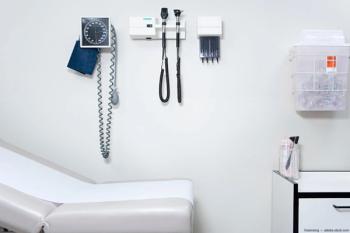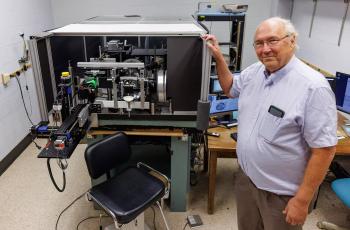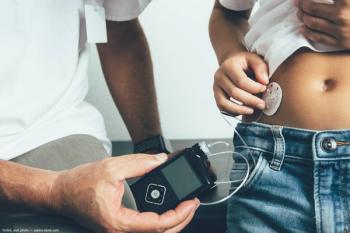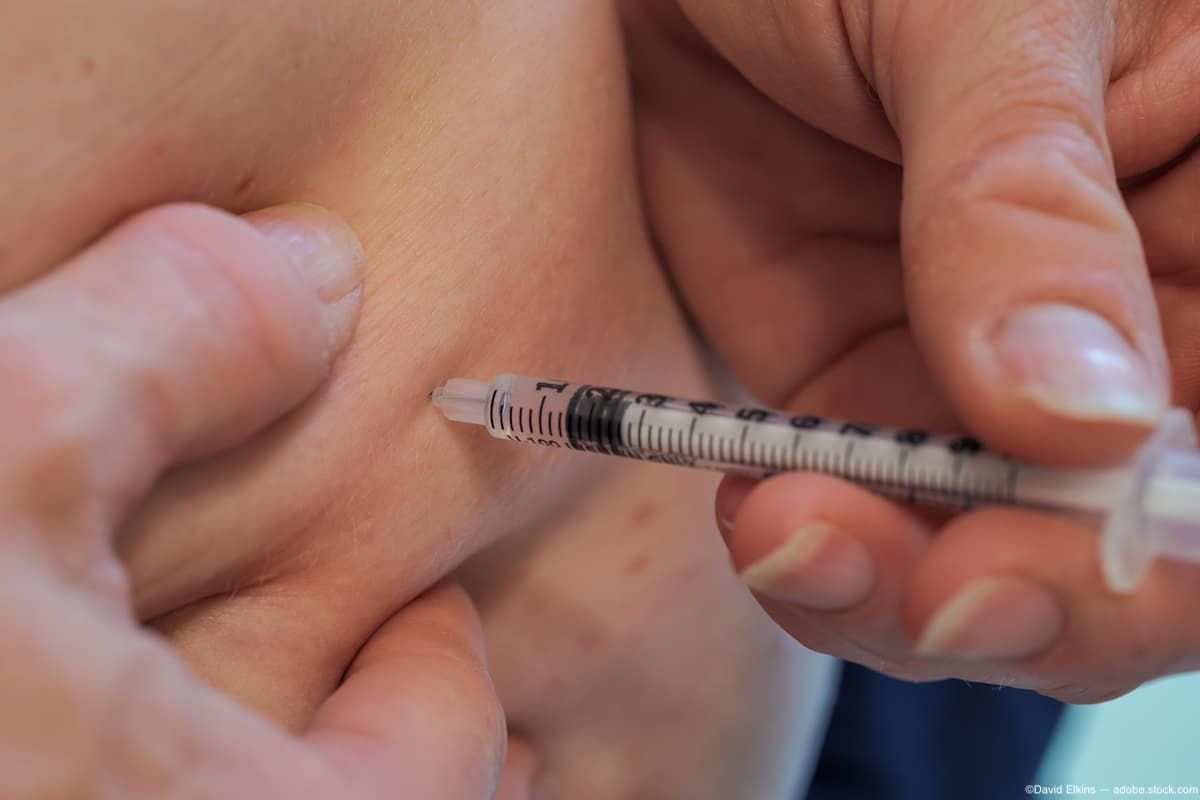
Diabetic Eye Disease
Latest News
Video Series

Latest Videos
Podcasts
CME Content
More News

Data used in the post hoc analysis were from 56 parameters from 4 testing modalities obtained in a multicenter US trial (NCT03197870).

The first-in-class, twice-daily topical formulation is intended for the treatment of nonproliferative diabetic retinopathy and diabetic macular edema.

What we should be telling our patients about the remission of type 2 diabetes with weight loss.

Nicholas R. Green, OD, FAAO, gave a presentation on the management and treatment of diabetes and its ocular effects at the American Optometric Association’s Optometry’s Meeting 2025 in Minneapolis, Minnesota.

New clinical trials reveal PER-001 as a groundbreaking treatment for glaucoma and diabetic retinopathy, showing significant vision improvements and safety.

Walkable communities could aid in reduction of type 2 diabetes.

Researchers hypothesize that lamivudine was effective in the clinical trial against DME because the drug blocks the activity of inflammasomes.

Susvimo is the first and only FDA-approved, continuous delivery treatment shown to maintain vision in people with DR with just one refill every 9 months

New research reveals how low blood sugar can damage the retina in diabetes, highlighting potential treatments targeting specific proteins to prevent vision loss.

In total, 613,690 images used for screening were included in the study.

The recombinant human VEGFR antibody human complement receptor 1 (CR1) fusion protein will be intravitreally administered in up to 150 patients.

The FDA did not agree with a supplemental Biologics License Application for the addition of extended dosing intervals of up to 24 weeks across currently-approved indications.

Topline data from both phase 3 trials are expected in the second quarter of 2026, with NDA submission to follow thereafter.

Additionally, the prognosis of macular edema may help clinicians evaluate renal function, investigators reported.

The agent class’s pleiotropic effects should keep optometrists vigilant.


FDA approves ranibizumab for the treatment of diabetic macular edema via continuous delivery implant
Susvimo 100 mg/mL for intravitreal use via ocular implant is a refillable implant surgically inserted into the eye during a one-time, outpatient procedure, continuously delivering a customized formulation of ranibizumab over time.

DRSS results remained stable or improved with OKT-TKI, and the drug was well-tolerated in the study.

The 3-year, $4.8 million award comes from the NIH Venture Program Oculomics Initiatives.

After reviewing information collected on a patient database, the team suggested telephone prompts for patients with mental health concerns, text message reminders, and online educational tools to improve uptake to increase eye screening attendance.

Brolucizumab significantly improves anatomic parameters of patients with diabetic macular edema.

Researchers set out to determine the most important systemic risk factors associated with cataract development in patients with DM.

Studies point to an inverse association between diabetes and keratoconus risk.

A recent paper sparks concerns over inadequate screening and management, especially among Black and Hispanic youths, according to its authors.

A team of researchers from Johns Hopkins Medicine and the University of Wisconsin-Madison conducted a study on the application of autonomous artificial intelligence LumineticsCore and testing for diabetic eye disease.








































































.png)


